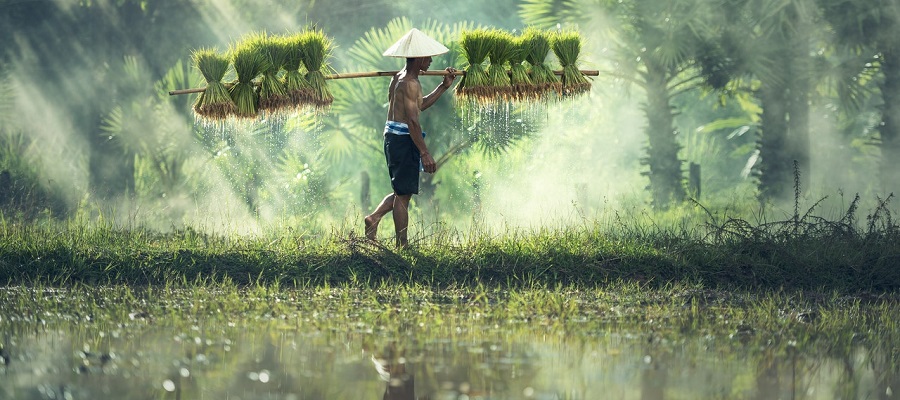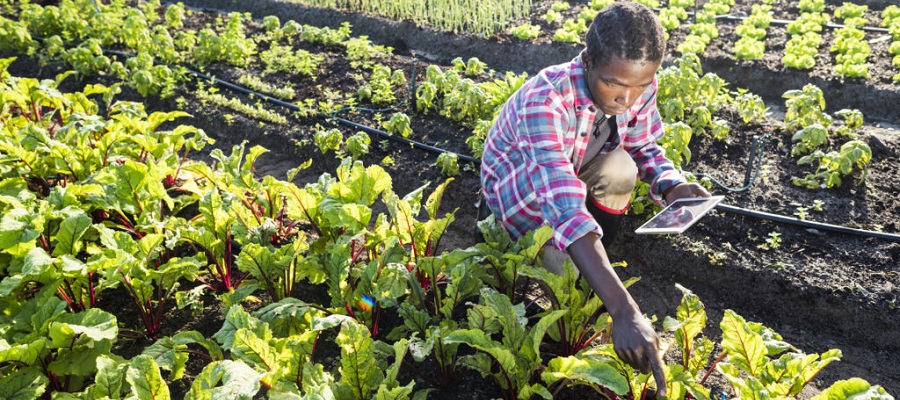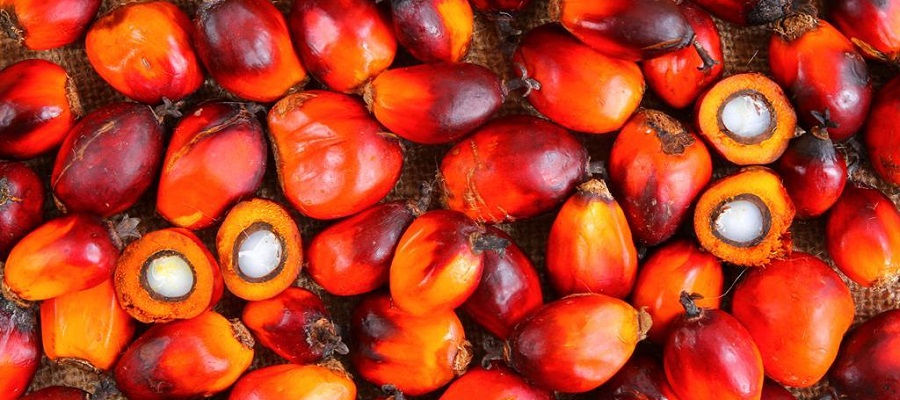You want to import agricultural raw materials from Asia online? Then we are the right contact for you. We will connect you with our trusted network and propose you several offers at once.
The advantages of working with us
We filter out the best dealers for you by using a standardized system so that they are included in our network in the first place.
Products from asia we offer
Rice
Rice is the staple food for an estimated half of the world's population. 90 percent of the rice grown worldwide is consumed in Asia: Around 150 kilograms of rice are consumed per capita per year in Asia. In America, by contrast, only eleven kilograms are consumed, and in Germany just under five kilograms. Between 1960 and 1990, world rice production doubled. Today, more than 700 million tons of rice are harvested annually.

Arabica Green Coffee Beans
In recent years, thanks to ambitious coffee farmers and exporters, a serious production of Arabica has developed in the coffee-growing countries of Taiwan, Vietnam and Thailand, from cultivation to processing. In the highlands and mountains, a wide variety of Arabica varieties are grown and cultivated, the most unusual methods of processing are used, and experiments are carried out for all they're worth. In some growing countries, the local population and often ethnic minorities with their families are involved in the process. The export of Arabica specialty coffee not only helps coffee farmers to further develop their cultivation, harvesting and processing methods - every bag sold to third countries also financially supports their families and villages.

So far, however, only a few roasting companies offer Arabica coffee from Taiwan, Vietnam and Thailand. Admittedly, the quantities grown are often not yet at an exportable level. However, the more coffee farmers in these regions get the chance to improve the quality of their coffees and gain experience in export, the more eyes will turn to East and Southeast Asian coffee-growing countries in the future. At present, it is often still the ambitious work of individual exporters, investors and enthusiasts that drives coffee growing here.
Granola Potatoes - Boom in the Rice region
For two centuries, potatoes have been the most important staple food in Europe and North America. They are also grown in most Asian countries, but they have never attained the importance of rice. However, their production in Asia has increased massively over the past four decades - from 20 million tons in 1961-63 to nearly 120 million tons in 2001-03.
Today Asia consumes almost half of the world's potato production, even if per capita consumption of 25 kg is rather modest compared to the global average of 34 kg.
compared to the global average of 34 kg. Almost a third of the world's potato production is harvested in China and India.
Coconut
The cultivation areas of the coconut palm lie in the area between the two tropics (trop., subtrop. Area). Main cultivation areas are in Asia, especially Indonesia, the Philippines and India.
Since the palms tolerate sea water very well, they are particularly suitable for cultivation in coastal areas. The coconut palm provides full harvests between the 12th and 40th year and all year round.
Nuts
Cashew nuts
Actually, this exclusive type of nut comes from Brazil, but now it is harvested throughout South America and Asia. Its flavor is similar to that of the peanut, and it is very popular when roasted. Its protein content is very high at 18 percent. It also contains slightly less fat and calories than almonds or Brazil nuts, for example.


